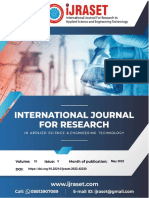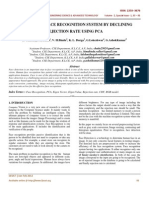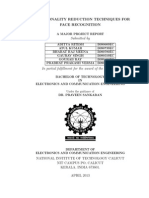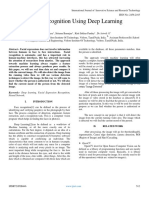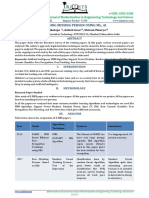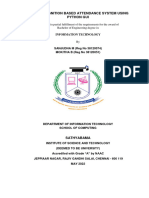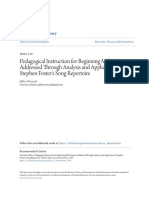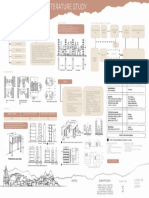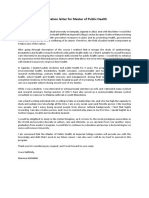0% found this document useful (0 votes)
5 views23 pagesAnmol Term Paper (Image Recognition Using Machine Learning)
The term paper by Anmol Bohare focuses on weather prediction using machine learning techniques, particularly in the context of face recognition systems. It explores various classification methods including Support Vector Machine (SVM), Linear Discriminant Analysis (LDA), and K-Nearest Neighbor (KNN), while proposing a feature reduction technique using Principal Component Analysis (PCA) to enhance performance. The findings demonstrate that KNN with PCA achieves a balance between real-time processing and accuracy, making it suitable for consumer applications requiring efficient face recognition.
Uploaded by
Anmol BohareCopyright
© © All Rights Reserved
We take content rights seriously. If you suspect this is your content, claim it here.
Available Formats
Download as DOCX, PDF, TXT or read online on Scribd
0% found this document useful (0 votes)
5 views23 pagesAnmol Term Paper (Image Recognition Using Machine Learning)
The term paper by Anmol Bohare focuses on weather prediction using machine learning techniques, particularly in the context of face recognition systems. It explores various classification methods including Support Vector Machine (SVM), Linear Discriminant Analysis (LDA), and K-Nearest Neighbor (KNN), while proposing a feature reduction technique using Principal Component Analysis (PCA) to enhance performance. The findings demonstrate that KNN with PCA achieves a balance between real-time processing and accuracy, making it suitable for consumer applications requiring efficient face recognition.
Uploaded by
Anmol BohareCopyright
© © All Rights Reserved
We take content rights seriously. If you suspect this is your content, claim it here.
Available Formats
Download as DOCX, PDF, TXT or read online on Scribd
/ 23
























